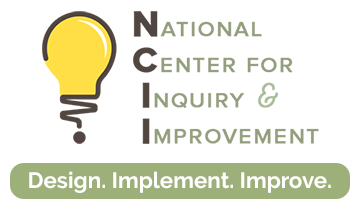Guided pathways offers opportunities to address longstanding inequities that create unnecessary burdens and limit options for historically marginalized students. But equity advances are neither automatic nor inevitable. Each college must be intentional about structuring its pathways approach — and students’ entire experiences — in ways that effectively serve students from historically marginalized groups.
This work is challenging. It demands that colleges know which students experience opportunity gaps and at what points along the college journey they struggle. It requires colleges to elevate the voices of those who have been disregarded and excluded from their institutions and put these students’ views in the center of design and decision-making. It calls on all members of the college community to acknowledge systems, processes, and practices that disadvantage specific student groups and actively change those approaches. Colleges must be persistent in these efforts and continuously view all reform through an equity lens.
The Advancing Equity Through Guided Pathways series is a suite of briefs and practical discussion guides that address various intersections of equity and guided pathways. Their authors are national leaders who have deep commitment to — and demonstrated experience with — addressing equity issues in higher education. We hope colleges use them to support critical conversations about equity-driven guided pathways design and implementation.
NCII created these guides in partnership with the California Guided Pathways project.
